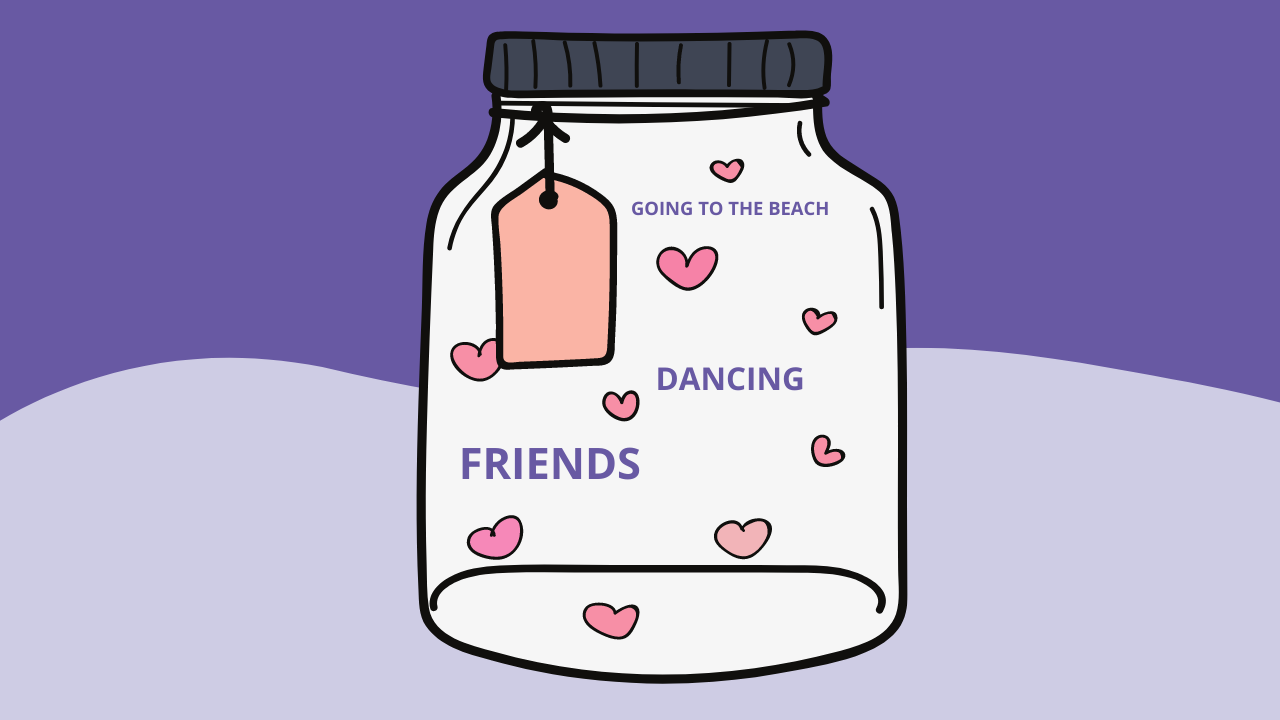The Science Behind the Magic
What makes mindfulness so effective isn't magic—it's neuroscience. When children practice mindfulness, they're actually reshaping their developing brains in remarkable ways:
The Prefrontal Cortex Gets a Workout
This crucial brain region, responsible for decision-making, emotional regulation, and attention, strengthens with regular mindfulness practice. For children, whose prefrontal cortex is still developing until their mid-20s, this is particularly valuable.
The Amygdala Calms Down
The brain's alarm system—responsible for fight, flight, or freeze responses—becomes less reactive with mindfulness practice. Children who practice mindfulness show reduced activation in this area during stressful situations.
Brain Connections Strengthen
Mindfulness helps build connections between different parts of the brain, supporting integration between emotional and rational thinking—exactly what children need when big feelings threaten to overwhelm.
A 2019 study published in the Journal of Child Development found that children who participated in an 8-week mindfulness programme showed improved emotional regulation, attention, and social skills compared to a control group. These benefits were still present during a follow-up three months later.
Simple Techniques with Profound Results
The beauty of mindfulness lies in its simplicity. Even brief moments of practice can create lasting change. Here are some age-appropriate approaches that work brilliantly:
For the Littlest Ones (Ages 2-5)
- Breathing Buddies: Having a small stuffed animal rest on their tummy while they breathe deeply, watching it rise and fall
- The Bell Game: Listening carefully to the sound of a bell or chime until they can no longer hear it
- Sensory Explorations: Mindfully exploring the texture, smell, and taste of a raisin or orange segment
For Primary School Children (Ages 6-11)
- Five Finger Breathing: Tracing each finger slowly with their breath
- Mindful Walking: Noticing each step, feeling their feet on the ground
- Weather Reports: Checking in with how they're feeling inside, like having an internal weather forecast
For Older Children and Teens
- STOP Practice: Stop, Take a breath, Observe what's happening, Proceed mindfully
- Mindful Technology Use: Setting intentions before using devices, taking conscious breaks
- Gratitude Journaling: Recording three things they're grateful for each day
When Adults Join In: The Ripple Effect
Here's where the story gets even better. When we practice mindfulness alongside children, something magical happens—we all benefit.
Parents and educators who engage in mindfulness with children report:
- Reduced stress levels - A 2020 study found parents who practiced mindfulness with their children for just 5 minutes daily reported 23% lower stress after 4 weeks
- Improved patience - The space between trigger and response grows, allowing for more thoughtful reactions
- Enhanced connection - Shared mindfulness creates a special bond through mutual presence
- Better sleep - Both adults and children often find their sleep quality improves
- More joy in daily life - Mindfulness helps us notice the small, beautiful moments we might otherwise miss
As one parent in our community shared: "I started teaching my 6-year-old mindful breathing to help with her anxiety at bedtime, but I've found myself using the same techniques during stressful work meetings. We're learning together, and our whole household feels calmer."
The Transformative Power of Regular Practice
Like any skill worth having, mindfulness grows stronger with practice. The good news? Even small doses make a difference.
Research from the University of Oxford found that just 5-10 minutes of mindfulness practice a day can lead to measurable improvements in wellbeing for both children and adults. It's not about perfection or sitting still for long periods—it's about creating a habit of returning to the present moment, again and again.
For families and educational settings, consistency matters more than duration. A 2-minute breathing practice before school or at bedtime, done regularly, creates more lasting change than occasional longer sessions.




